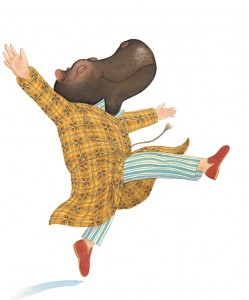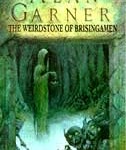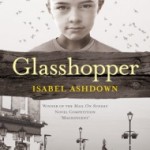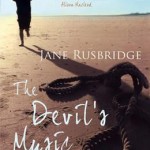Today ( Thursday the 21st July) was one of the periodic meetings of the SCBWI Chichester twig. We were a mixed bunch: Penny already published, Kathy agented, me with a shiny new Post Graduate Diploma and Neil right at the beginning of his journey. One thing we have in common: we want people to read our work – otherwise we are sending words into the void.
The purpose of our little group, as I see it, is fairly straightforward: mutual support. There is a great sense of energy, which I find particularly stimulating, and plenty of encouragement.
Let’s look at that last word: encouragement. It’s not a blanket ‘there, there, dear, everything you write is lovely and it’ll soon be published’. It means inspiring with valour, the brave spirit in your heart. Going by some of the posts I’ve read about the state of publishing, we all need valour. We need valour to put our work out there, we need valour to revise it for the umptieth time, we need valour to deal with the rejections which are an inevitable part of our chosen path.
This is where the wider pool of SCBWI -BI and our other writer-support networks come in. We need the on-line stimulus; the face-to -face honesty of critique meets; the CPD of conferences, workshops and retreats. It’s good to know there are others on our side, others who have made it in one way or another, others who can help.
But all this only works if we can give and take in the right spirit. If we are open to analytical and purposeful criticism, if we take care how we handle our colleagues’ feelings, then we will grow as a group. And that nurturing, which may include some pretty tough love at times, will help us all along the road. It will not guarantee a print run. That’s down to us and fate.
I’ll finish with a quotation from Thomas Edison (thank you R. J. Ellory)
‘Many of life’s failures are people who did not realise how close they were to success when they gave up.’
Our job is to keep our pals going.














